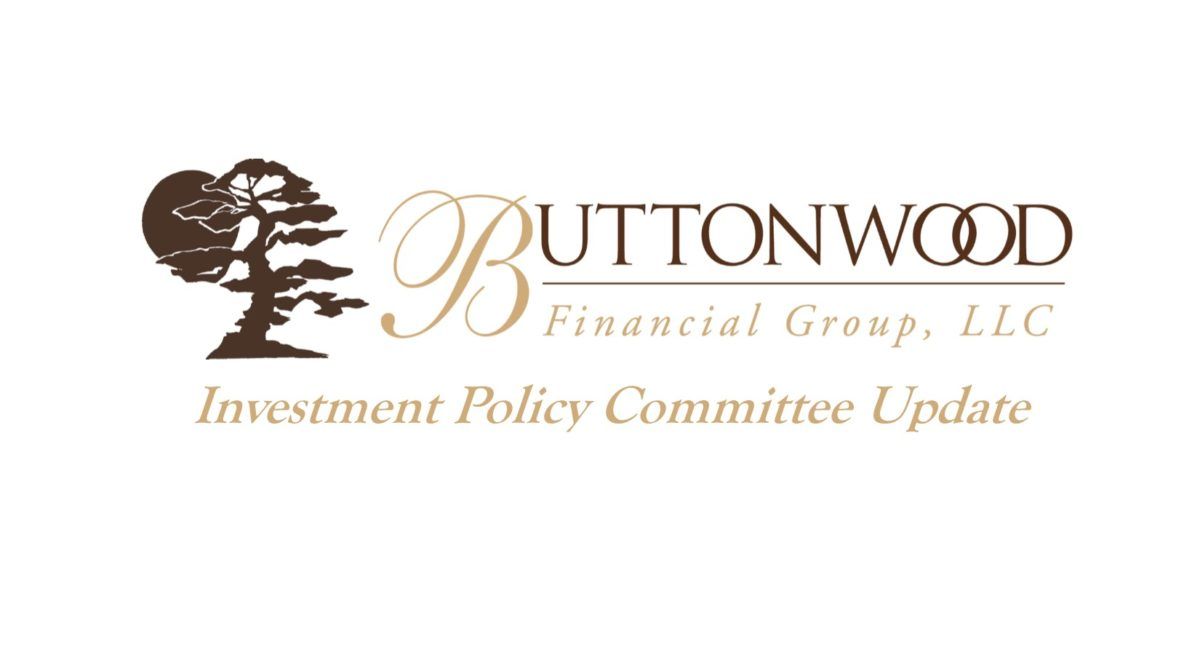Value-Based Billing vs. Hourly Billing: Which Is Right for Your Business?
If you work with clients, it’s likely you earn compensation (perhaps some or all) by billing them for your services. Hourly billing is a fairly traditional method, and for good reason. But as of late, some business owners have been shifting to a value-based billing method.
What’s the difference between the two? Here’s what you need to know, including how to position your billing method to clients.
Hourly Billing
The concept of billing hourly is fairly simple. As a professional, you charge a flat hourly rate for your services. When working with clients, you may charge by the hour or in increments of an hour. In most cases, your rate is discussed with the client ahead of time, as well as an estimate of how many hours the project may take to complete.
Depending on the type of business you do, you may offer clients pre-determined packages that include a set amount of hours of work.
Hourly Benefits
In most cases, hourly billing is fairly straightforward to calculate. You are required to keep track of your time while you work, and your client is aware of your hourly rate before a project begins.
Because you need to know how many hours you’ll be spending on a project regardless of the way you decide to bill, hourly billing can save you the step of further pricing out projects in other ways.
Hourly Considerations
While hourly is a fairly traditional method of billing, it’s not without its considerations. Depending on the boundaries you’re able to set with your clients, billing hourly may make you seem more available to them than you really are. If a client is fine with being billed, they may reach out often, ask for frequent updates or extend the project beyond its initial scope.
If you estimate how long a project may take, there’s always the risk that the final timeline could extend beyond the original estimation. Even if you provided an initial range, clients can sometimes expect it to take the least amount of hours. For example, you may have estimated four to seven hours for a project to be completed. Say it takes you 5.5 hours, the client may be unhappy because they were expecting it to only have taken you four. Not knowing the exact cost of a project until it’s completed can create tension or anxiety for clients.
Value-Based Billing
With value-based billing (or project pricing), clients will typically pay a flat rate for a service based on the value of what’s being provided. As the professional, you will determine your rates based on the value you believe it brings the client. This could incorporate a number of factors including hours, materials, complexity of the project and expertise.
Value-Based Benefits
Value-based pricing can be helpful for those who want to know how much they’ll be spending before the project begins.
With a flat rate, value-based billing can help professionals (especially creatives) feel less pressured by time constraints and more focused on the value of what’s being provided.
You may find that some clients simply don’t care how many hours it takes to complete a project, they’re only focused on the end result. This is another instance in which value-based billing may better appease your clientele.
Value-Based Considerations
Sometimes it can be hard to put a number to the value you’re bringing to a client. Unlike charging hourly, value-based billing isn’t always black and white. Because of this, you may have trouble communicating or breaking down the “why” behind your costs. This can be an especially hard sell for those who are accustomed to being charged hourly by others in your field or industry.
Unless you’re working with pre-determined package pricing, deciding on the cost of a project upfront can require more work with value-based billing. Beyond estimating hours, you need to determine a flat rate that effectively accounts for your time, materials and expertise.
Which Is Right for Me?
Creatives may find the benefits of value-based pricing more freeing and conducive to the creative process. Those who work in a more technical space may be accustomed to hourly billing and not inclined to change.
You’ll want to review your current pricing model to decide if there’s an opportunity for improvement and consider how your customers may react to a change. In some cases, a mix of both hourly- and value-based billing may be beneficial for your practice. Contact us today to discuss which option is right for your business.
This content is developed from sources believed to be providing accurate information. It may not be used for the purpose of avoiding any federal tax penalties. Please consult legal or tax professionals for specific information regarding your individual situation. The opinions expressed and material provided are for general information, and should not be considered a solicitation for the purchase or sale of any security.
Recent Buttonwood Articles

Are you ready to explore the benefits of your very own Family CFO?





